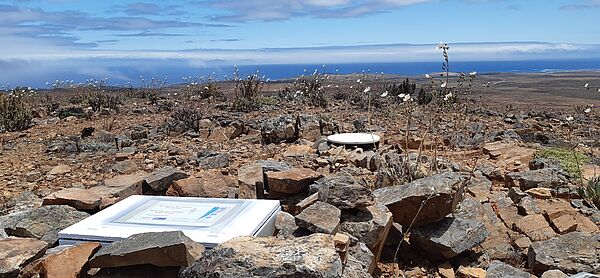Slip modes in the Atacama segment of the Chilean subduction zone
The Atacama region is one of the last 3 remaining major seismic gaps of the Chilean subduction, where the last major earthquake occurred in 1922 (Mw8.6, Willis, 1929; Beck et al., 1998; Kanamori et al., 2019). There, two large highly coupled segments, so-called Atacama and Chañaral, were imaged (Métois et al., 2012, 2016; Klein et al., 2018), separated by a large Low Coupling Zone, Barranquilla, at the latitude of the subduction of the CopiapóRidge.
More than 10 years of monitoring that region revealed not only an along deep but also a latitudinal segmentation of the seismic activity on both sides of the ridge, coincidently on the transition zones between the Barranquilla LCZ and the coupled segments. In the northern edge of the LCZ, offshore Caldera, several seismic swarms have been detected at shallow depths in 1973, 1979, 2006 (Holtkamp et al., 2011) and recently in 2023. Although the oldest events were not monitored by GPS, these swarms are most probably associated with aseismic slip (Ojeda et al., 2023). The southern edge of the LCZ seems to be affected by seismic sequences with characteristics different from swarms but also from classical mainshock-aftershock events with a large aseismic component (Klein et al., 2021). In the deep transition zone of the interface, between 40 and 60km depth, slow slip events occur with a 5-year repeat time. The first one was recorded in detail using survey GPS measurements between 2014 and 2015. The latest repetition, which started in march 2020, was recorded in more details using denser continuous stations. These events last usually more than a year, reaching equivalent magnitudes of Mw~6.9.
We investigate the complex kinematics of the deep SSE and its possible interactions with the 2020 sequence and the shallow swarms.

